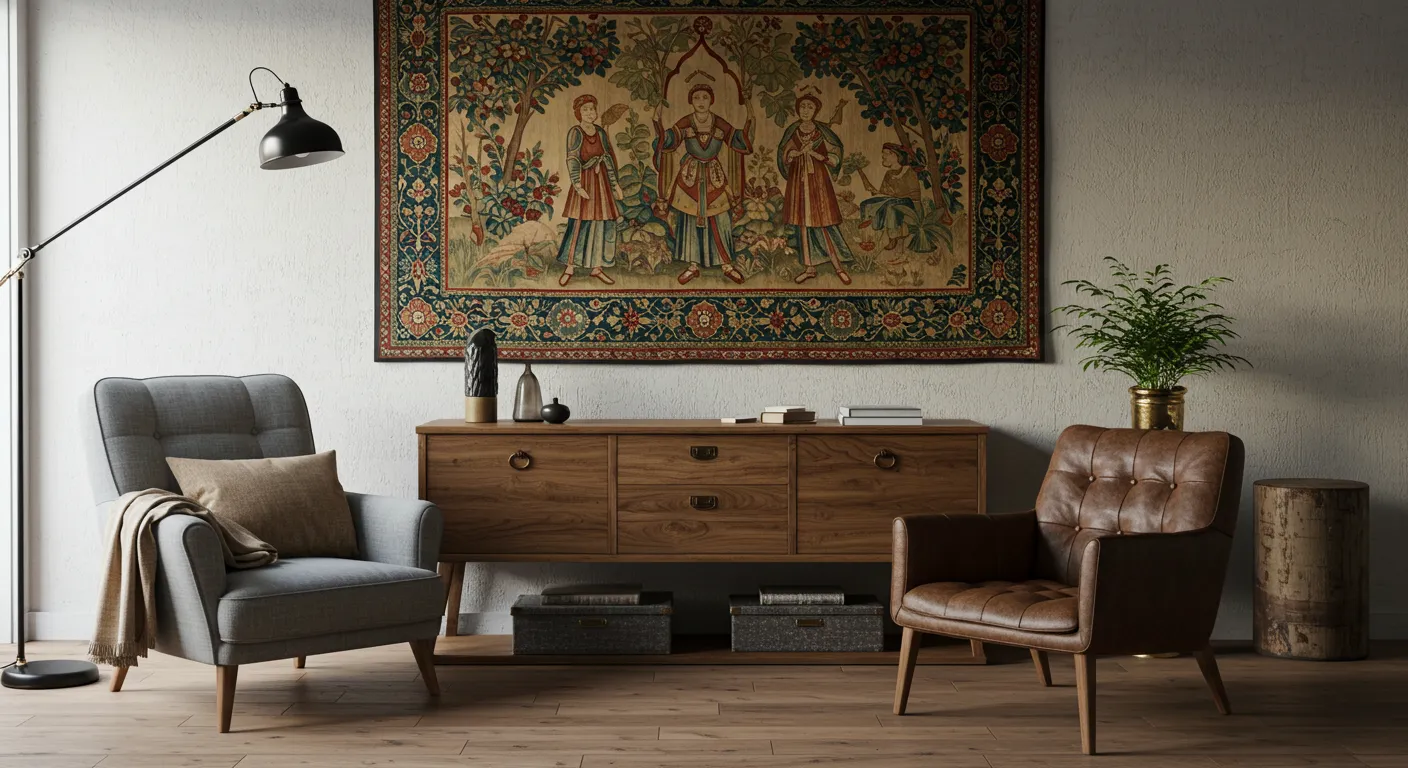Table of Contents
When decorating a home, it’s easy to focus on what’s trendy—sleek lines, neutral tones, minimalist aesthetics. But a truly meaningful home goes beyond curated style; it reflects your journey, values, and personal narrative. One of the most powerful ways to create that depth is by including at least one piece of decor with real history behind it.
Whether it’s a centuries-old tapestry, a passed-down heirloom, or a flea market discovery with character, historical pieces do more than fill a space—they give it soul. Here’s why every home deserves a story-rich item and how to choose one that blends timelessness with purpose.
It Anchors Your Style with Meaning
Modern decor can sometimes feel sterile or interchangeable. A historical item adds uniqueness—an anchor that roots the room in a narrative beyond just visual cohesion.
For example, incorporating traditional Persian rugs into your living space does more than add color and pattern. These rugs carry centuries of craftsmanship and cultural expression. Each knot, motif, and weave pattern reflects a region, a tribe, or even a story passed down through generations.
Unlike mass-produced decor, historical pieces introduce an element that’s truly one-of-a-kind—something with depth and a voice of its own.
It Sparks Conversations
Decor with history often serves as a talking point. When guests ask about that antique mirror, vintage chair, or woven rug, you’re invited to tell a story—not just about where you got it, but what it means to you.
- Did it belong to a family member?
- Did you discover it on a meaningful trip?
- Was it handcrafted by artisans with a unique tradition?
These stories transform your home into a shared experience. You’re not just showing people a space—you’re showing them a part of your identity.
It Adds Emotional Warmth
There’s something about age-worn objects that carries warmth. The patina on old wood, the slightly faded colors of a well-trodden rug, or the imperfect hand-thrown shape of a clay pot—all add character that modern pieces can’t replicate.
Historical items bring emotional resonance into your home. They carry memories—not always your own, but still deeply human. Including something like traditional rugs underfoot not only offers beauty and comfort but also a tangible connection to craftsmanship and tradition.
It Fosters Sustainability and Mindful Living
Historical pieces are the antidote in a world of fast furniture and disposable design. By bringing a vintage or antique item into your home, you’re:
- Reducing waste and consumption.
- Valuing items that were built to last.
- Supporting traditional artisanship.
Choosing decor with a past encourages slower, more intentional design choices. You’re not just buying things to fill space—you’re curating a home that respects history and sustainability.
It Complements Any Design Style
One of the most surprising things about historical pieces is how adaptable they are. A well-worn antique or a heritage textile can contrast beautifully with even the most modern or minimalist interiors.
Here’s how to make it work:
- A vintage rug or carved wood cabinet can offer grounding contrast in a contemporary space.
- In a bohemian space, historical items add authenticity to the eclectic vibe.
- In a traditional home, they blend seamlessly with existing design elements.
A single item can act as a design bridge—linking the past with the present, the handcrafted with the curated.
Also Read: Top Reasons to Go Pro with Your Epoxy Garage Floor Coating
It Inspires Future Generations
When you include meaningful pieces in your home, you’re also setting a precedent for your children, grandchildren, or loved ones. You’re teaching them to value things with soul, to appreciate objects not just for how they look but for what they represent.
These pieces often become heirlooms—carrying your family’s story forward. A well-chosen historical decor item can pass from hand to hand, gathering new layers of meaning along the way.




